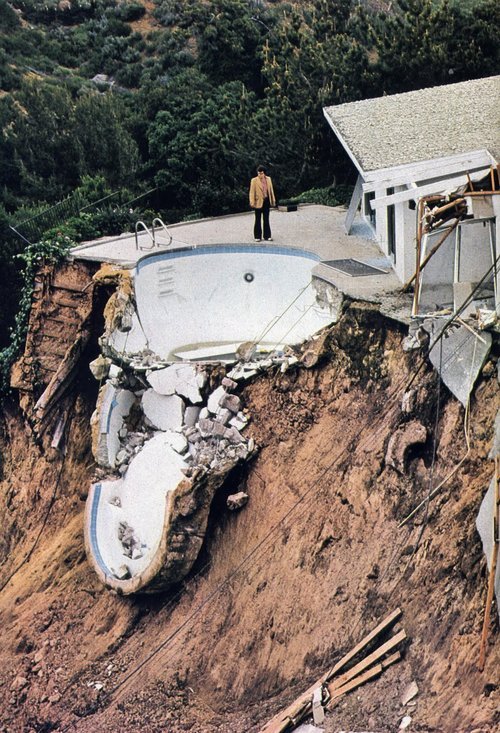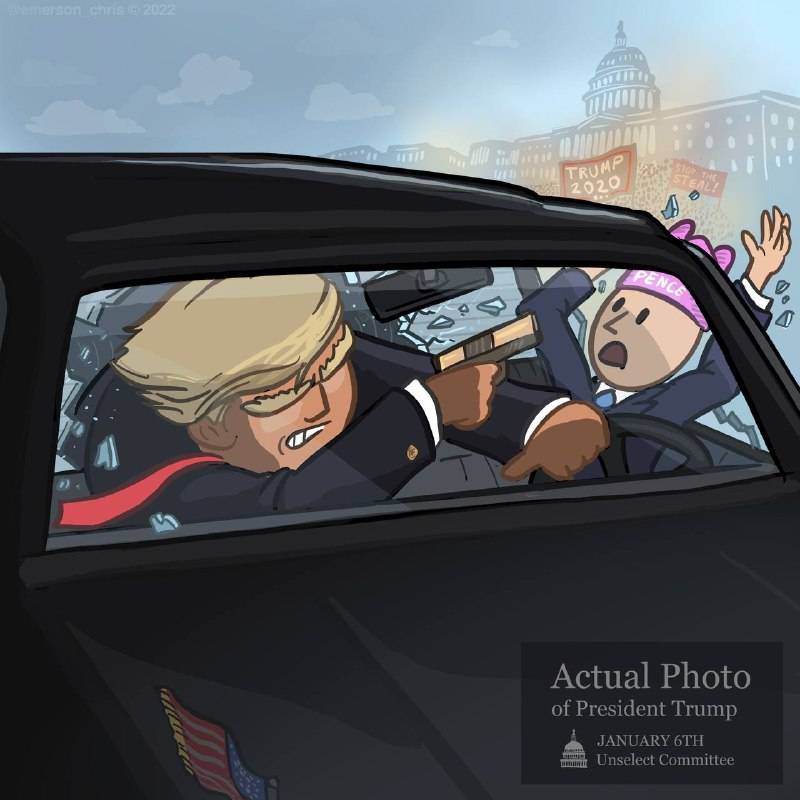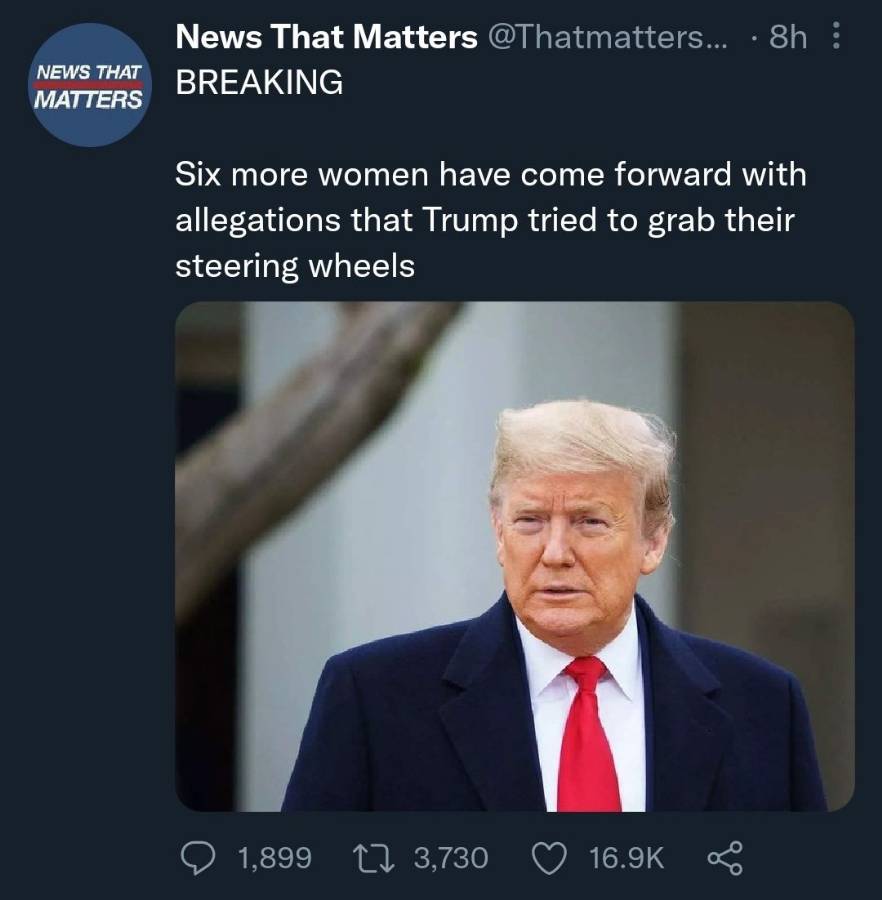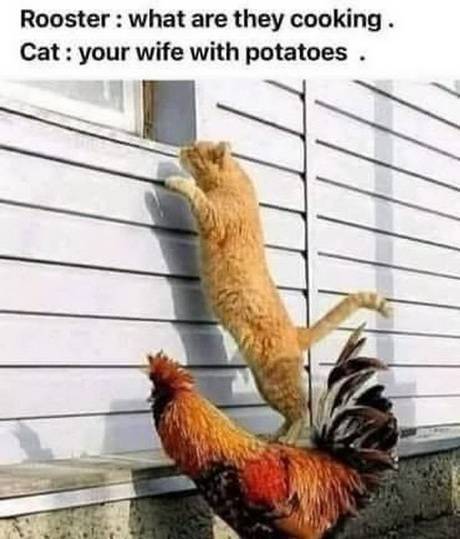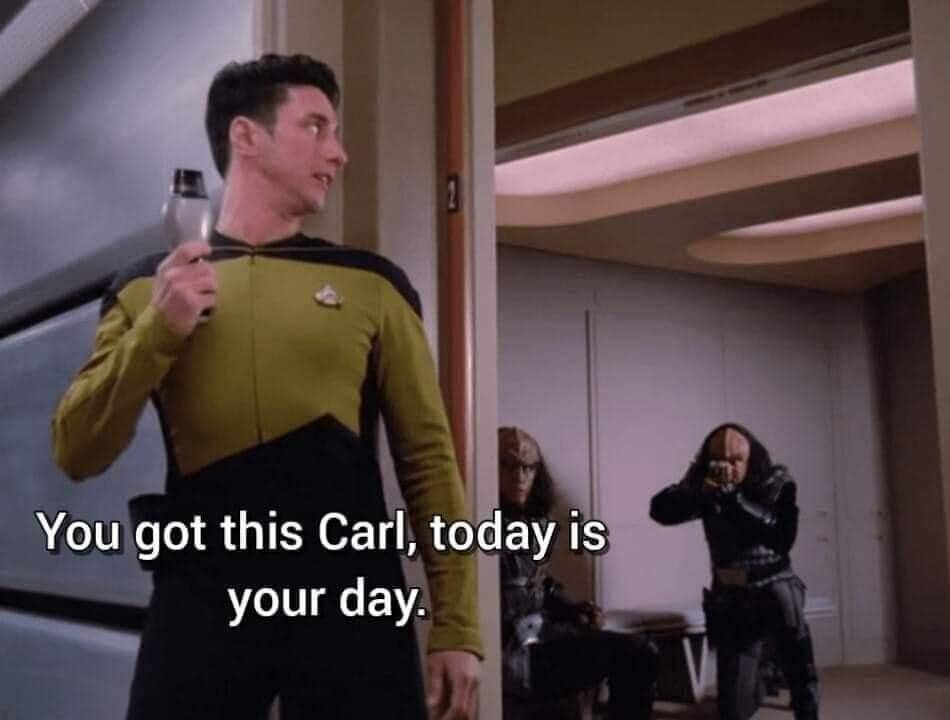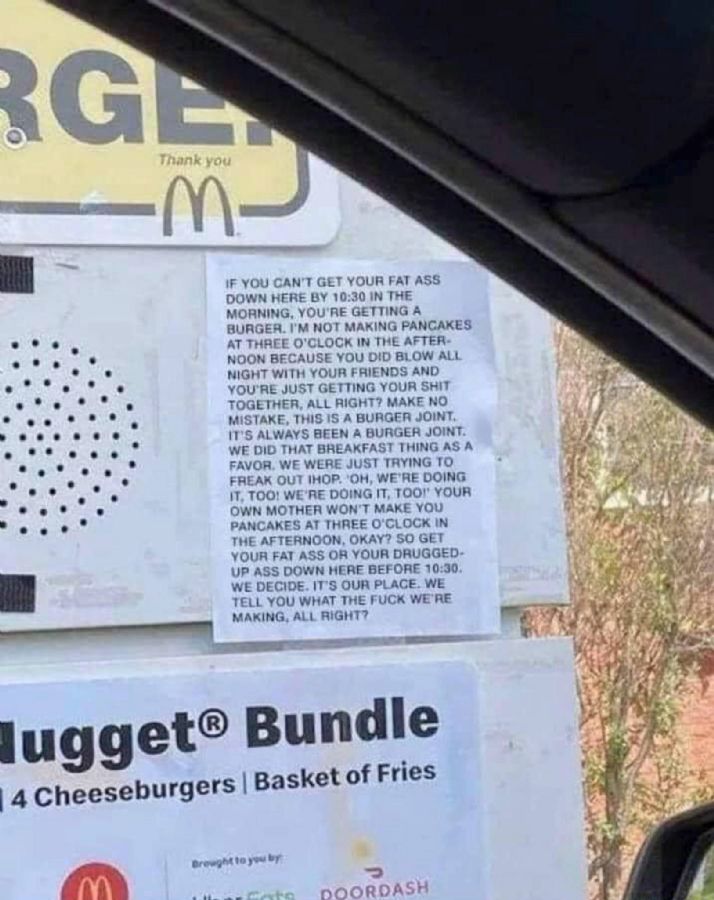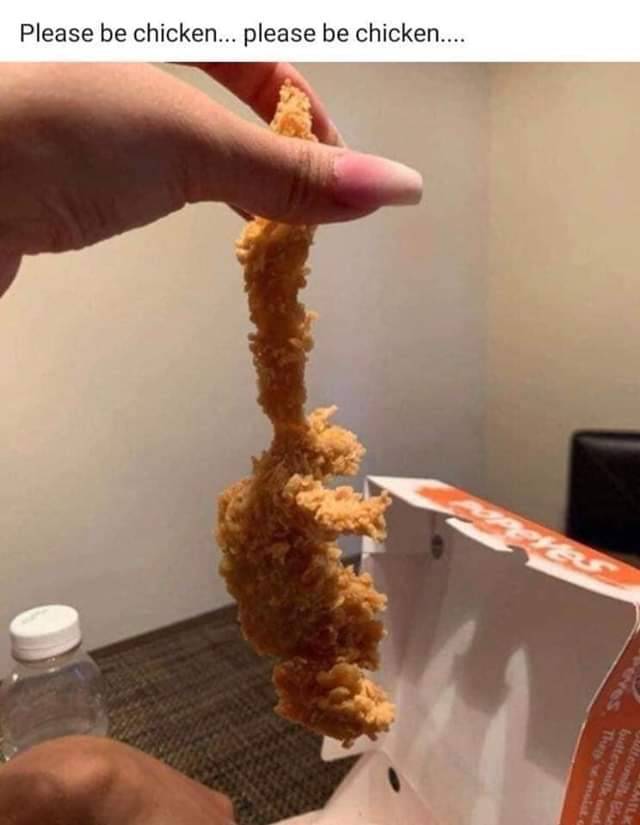Even more fun when you skip having kids and marry a grandmother with grandchildren. You spoil the hell out of them, introduce them to all kinds of mischief, fill them with fables, myths, wild-exaggerated stories, etc., about their relatives... then send them home to their parents. And never have to go through the cost and burden of your own children. I managed to do this twice! 
Join the Hide community
Get access to live stream, lessons, the post exchange, and chat with other snipers.
Register
Download Gravity Ballistics
Get help to accurately calculate and scope your sniper rifle using real shooting data.

Install the app
How to install the app on iOS
Follow along with the video below to see how to install our site as a web app on your home screen.
Note: This feature may not be available in some browsers.
You are using an out of date browser. It may not display this or other websites correctly.
You should upgrade or use an alternative browser.
You should upgrade or use an alternative browser.
Maggie’s Funny & awesome pics, vids and memes thread (work safe, no nudity)
- Thread starter Lawless
- Start date
Tell me this place is near you.
Cuz I am coming to visit

Best nut milk bag? I've got a better nut milk bag right here. *Butthead laugh.

Best nut milk bag
To make the nondairy beverage at home, you’ll need a nut milk bag. These bags feature a fine mesh weave and you use them to strain the liquid.
Last edited:
- Nov 3, 2010
- 10,516
- 23,031
New Apple Car Play capable radio for the Venza. Got it from ol’ Bezos, it had great reviews and was on sale for like $125….Chyna…
Sounds much better than the Pioneer that was in it as well Hard to find one with an actual volume knob but glad I did. Steering wheel controls work, used the same interface as the Pioneer.
Hard to find one with an actual volume knob but glad I did. Steering wheel controls work, used the same interface as the Pioneer.

Sounds much better than the Pioneer that was in it as well
My birthday frog last night.

Man I hate when people caption things wrong... This has nothing to do with the Continental Army or the Sons of Liberty. And Brian Williams wasn't born yet. This is not related to the Revolutionary war because planes had not been invented yet.
This is Grant taking Vicksburg with the Union Marine Aviation pioneer Capt. Thaddeus "Zepplin" Lowe flying CAS. Happened right at the same time as Gettysburg, so they never got any decent press. But Vicksburg was taken only after a serious application of Snake and Nape.
I so wish people would research pictures before posting them.
Cheers,
Sirhr
Also remember the visitor center and “entrance” is at the end of the battle….. you have to start at the topWhen you visit...
Spend about 2 hours at the visitors center. Then put on a ruck. Get plenty of water. And spend the next day and a half not only walking the battlefield, but driving it. Remember, the 'battlefield' was encampments 15+ miles away. Cavalry actions were not infantry actions. Cavalry could cover 100 miles a day. Not easily. But they could do it. The battle 'space' that ended with the stand at Little Bighorn is immense. More the size one would expect in a WW2 armored action.
Also, it is the only national battlefield where the headstones are placed exactly where the troopers fell. You can see the 'pockets' where they were herded in and reduced. You can walk out hundreds of yards (in one case a couple of miles) and find graves where 1 or 2 or 3 men tried to escape as a group or solo from the perimeter and were run down and killed by the Indian horsemen. You can 'feel' the battle unfolding much better than on many battlefields where there may be some markers. But the graves are remote and all lined up.
Once you get a mile or so from the park.... even the grass fights you. You step into unseen ditches or chuck holes. It looks smooth and undulating. But under it all is some totally savage dirt and terrain.
Geographic determinism is a major force in history, especially military history. Terrain shapes the battle. Such a good example of it at Little Bighorn.
Cheers,
Sirhr
PS. Gatling Gun was a 4 - 6 man crew. Plus they travelled with 2 - 3 limbers each. So that meant horse teams for each gun and limber. And horsemen to manage those. Then an officer or NCO in charge. Then a loader, and an operator who worked in shifts. And extra men for the setup and digging in as well as security ( infantry and cavalry charging cannon positions was common). A Gatling battery was an artillery battery, for all intents and purposes. So... not one guy by any means. And a definite burden to a cavalry company.
Yesterday’s pickin’ and picklin’ so far.
Any of y’all ever pickle zucchini or squash? Thinking about trying it.


Any of y’all ever pickle zucchini or squash? Thinking about trying it.
The last photo is from the Chimney Tops trail. The last stretch was closed off due to fires but people climbed around a gate to actually scamper up that trail to the top. I watched them actually crawl the last few hundred yards to reach that top peak. From what I could see, any misstep would be costly. Get there early to avoid all the crowds. A stunning park with beautiful views.
Hiked that many times before the fire and gate. The view from the top is incredible. That trail is short but it's straight up with multiple switchbacks.View attachment 7903603View attachment 7903604View attachment 7903605
The last photo is from the Chimney Tops trail. The last stretch was closed off due to fires but people climbed around a gate to actually scamper up that trail to the top. I watched them actually crawl the last few hundred yards to reach that top peak. From what I could see, any misstep would be costly. Get there early to avoid all the crowds. A stunning park with beautiful views.
Yesterday’s pickin’ and picklin’ so far.
Any of y’all ever pickle zucchini or squash? Thinking about trying it.
View attachment 7903508View attachment 7903509
No, haven't thought of that. I'm not sure those will do well over the long run. But who am I???
View attachment 7903603View attachment 7903604View attachment 7903605
The last photo is from the Chimney Tops trail. The last stretch was closed off due to fires but people climbed around a gate to actually scamper up that trail to the top. I watched them actually crawl the last few hundred yards to reach that top peak. From what I could see, any misstep would be costly. Get there early to avoid all the crowds. A stunning park with beautiful views.
That's a beautiful place. Not sure these old bones could make it to the top of that peak. In my younger days, I'd be up for that climb. I can't imagine the view from up there.
Here's the gate and fence they put up right after the fire.That's a beautiful place. Not sure these old bones could make it to the top of that peak. In my younger days, I'd be up for that climb. I can't imagine the view from up there.
Attachments
Similar threads
- Replies
- 5
- Views
- 712
- Replies
- 5
- Views
- 388
- Replies
- 56
- Views
- 2K

